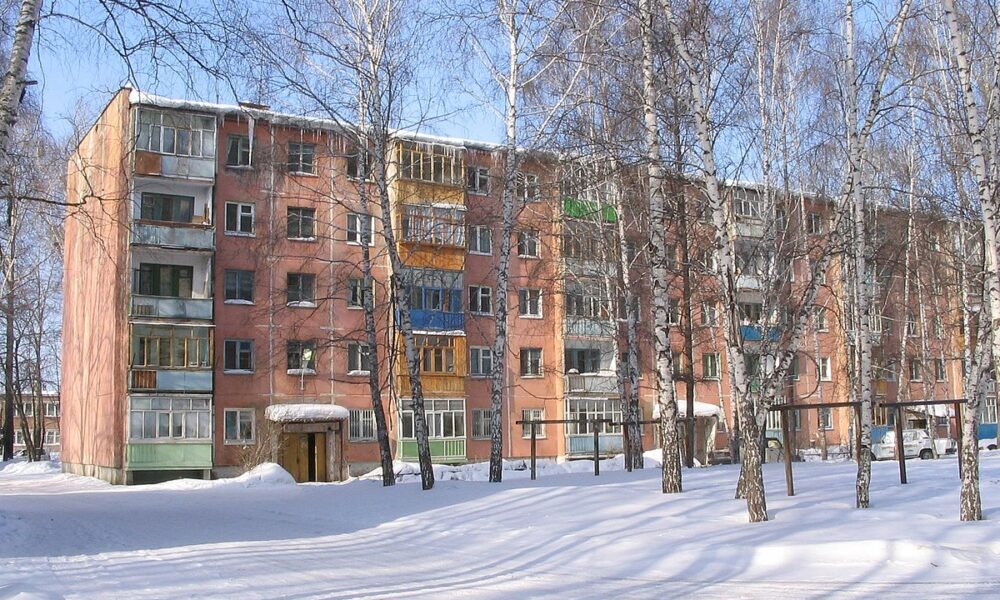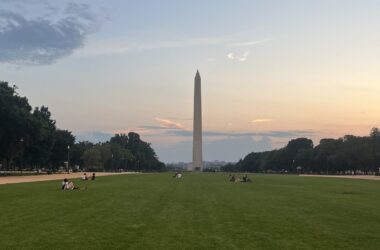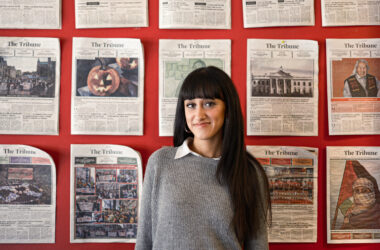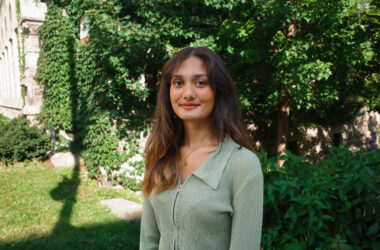As a kid, I remember driving back from the Moscow airport with my family, preparing for another summer in Russia, and refamiliarizing myself with the city after being away for a year. Looking out the window, my childish, curious gaze was often confused by the differences between architectural styles across the city. While the fringes of Moscow were speckled by the same muted concrete apartment buildings, only distinguishable by the wear they’ve endured over the years, the city centre was marked by the grandeur of Stalinist buildings that competed for my attention. In my naivete, I always felt a sense of disdain for those grey apartments (even though I spent most of my summers around them) and questioned why more of Moscow hadn’t been granted what I thought was architectural beauty.
By the time I was a teenager, I recognized that my attitude toward those concrete buildings as a kid was simplistic, and thankfully, I grew mature enough to understand and appreciate the history those buildings held. I learned that they were called Khrushchyovkas and were built as a cheap and fast solution to the 1960s housing crisis in the Soviet Union. Standing through the fall of the USSR and into the 21st century, those apartment buildings continued to exist as a place for me to grow as I fostered friendships in the playgrounds that many Khrushchyovkas were huddled around. The buildings would nudge me outside onto the playground when I felt lonely in my temporary home and allowed me to make friends who I’d spend the summer days with, year after year.
As the COVID-19 pandemic challenged international travel and college started taking over my time, my visits to Russia were put on pause, but Russia’s invasion of Ukraine this past February forced me to rethink my relationship with the country. In the early days of the war, every Skype call with my family was shadowed by what we could and couldn’t say, as we tried to discern the differences in information we were receiving across the world. Through these phone calls alone, I could feel the polarizing difference between Canada and Russia and how restricted life was over there. I now look back at myself as a kid, watching the Russian news if it ever caught my eye, completely unaware that it was state-controlled television, and feel so disconnected from the innocence I lived in back then. Amidst this internal turmoil, I found myself feeling nostalgic for those summer days on the playground near the Khrushchyovkas.
With the war continuing to unfold, I was relieved to discover that some of my family were among the thousands of Russians leaving for Armenia. Their relocation was also an opportunity for me to visit them after so many years apart, but I had to remind myself that this visit would be nothing like my childhood summers. Nonetheless, when I arrived in Yerevan, I found glimpses of the architecture that I recognized from Moscow wedged into the cityscape. If I looked carefully, I could find the same Khrushchyovkas I remembered from my childhood, but this time, softened by the pink hue of the volcanic stone that is characteristic of the city.
That soft tint that altered the Khrushchyovka-like buildings that were otherwise so familiar marked the distance that had arisen between my childhood self and who I am now. While the Yerevan landscape settles some of my nostalgia and permits my reminiscences, the pink hue distinguishes this place from my childhood. This difference, however, presents me with the space to grapple with the complexities of the world as I understand it now. I will never experience my quiet childhood summers again or see Russia the way I once did. But in exploring Armenia, I have located where comfort and growth can coincide.








